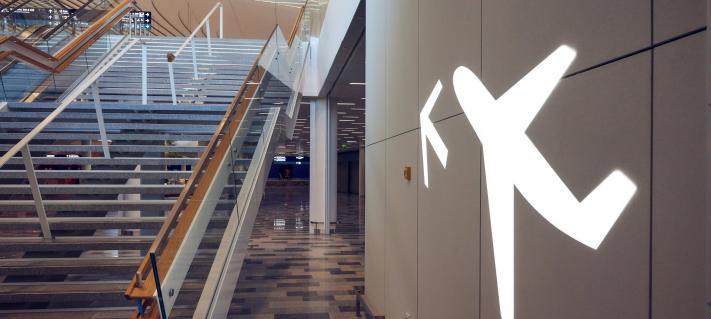Kari Savolainen, CEO:
The fluctuation in the supply of and demand for air traffic has continued as expected. Economic growth in some areas of the world has been slow, which is keeping the growth of Finnish air traffic at moderate levels. International traffic is the greatest source of revenues for Finavia and in this sector, the growth in transit travel helps to boost passenger volumes. More than 16 million passengers are expected to pass through Helsinki Airport this year. Our forecast is that the growth in passenger volumes will accelerate next year as the new wide-bodied airlines intended for intercontinental traffic will start flying between Asia and Helsinki Airport. Competition between international airports has become tougher as the demand in the Asia markets is growing. Finavia is actively working to strengthen the position of Helsinki Airport in this struggle.
As the number of direct international flights has decreased, transit travel has also increased in domestic traffic. The discontinuation of direct international flights from regional airports is a European-wide trend, as airlines are moving aircraft to higher-volume markets so that they can ensure profitability. Some regional airports are growing, despite the weakness of the Finnish economy, and tourism has helped to boost passenger volumes. However, most of our network airports are suffering from a fall in the number of passengers as air traffic is losing passengers to other forms of transport, especially over short distances. The decline in the number of passengers is also the result of differences in regional appeal and population structures.
In 2014, Finavia adopted a new business model in services produced for passengers. The changes are beginning to have a positive impact. The loss-making air navigation business has recovered slightly as the Air Traffic Control Centre at Helsinki Airport became operational. The new operating model has helped to reduce costs.
The closing of non-hedging interest derivative agreements, which have negatively affected Finavia’s business performance, will significantly improve our ability to manage risks and cut our financial expenses.



